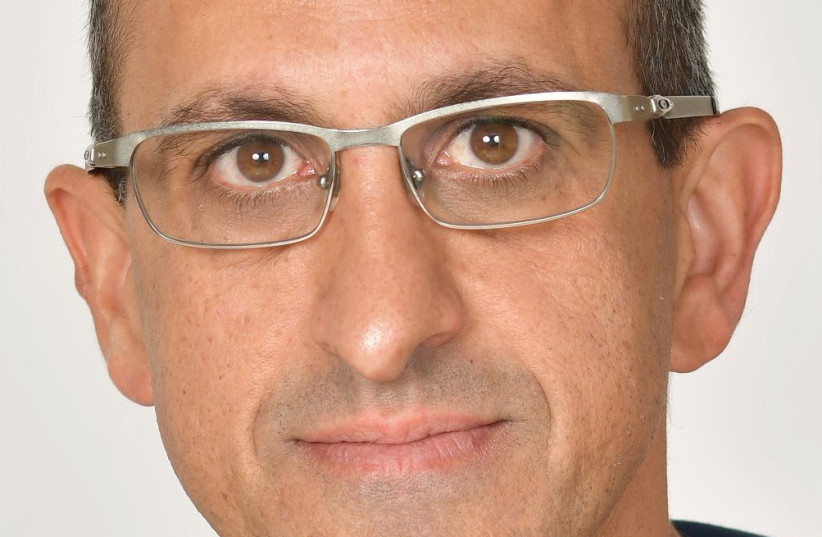Researchers from Tel Aviv University developed a technology that can detect when people are lying based on facial muscle movements. This method caught 73% of lies told by those who participated in the study, a higher rate than any current technology.
The study, led by Prof. Yael Hanein from the Center of Nanoscience and Nanotechnology and School of Electrical Engineering, Iby and Aladar Fleischman Faculty of Engineering and Prof. Dino Levy of the Coller School of Management, was published in the peer-reviewed neuroscience journal Brain and Behavior on October 22.
It is nearly impossible to accurately determine when someone is lying with existing lie detection technologies, which are too unreliable to be used as evidence in legal proceedings, Levy remarked.
"Our study is based on the assumption that facial muscles contort when we lie, and that so far no electrodes have been sensitive enough to measure these contortions," he added.
In the experiment, stickers printed on surfaces containing electrodes were attached to subjects' faces in order to detect facial nerve and muscle activity. While this technology, sold by the company X-trodes, has been previously used to diagnose neurological diseases and monitor sleep, the researchers used it to identify deceptions.

The stickers were attached to two muscle groups, the cheek muscles and the muscles above the eyebrows, and subjects sat in groups of two, with one listening to audio in which the words "line" or "tree" were heard. They then said which one they heard and the other participant had to determine whether they were lying or telling the truth.
Although it was difficult for the participants to tell who was lying, the electrode technology was able to determine this with 73% accuracy.
These findings may have numerous applications in the future, including in interrogations, banking, airports or job interviews, Levy said. He believes advanced cameras may be used in the future to identify facial muscle movements in order to determine when people are lying.
"Right now, our team's task is to complete the experimental stage, train our algorithms and do away with the electrodes. Once the technology has been perfected, we expect it to have numerous, highly diverse applications," Levy added.
